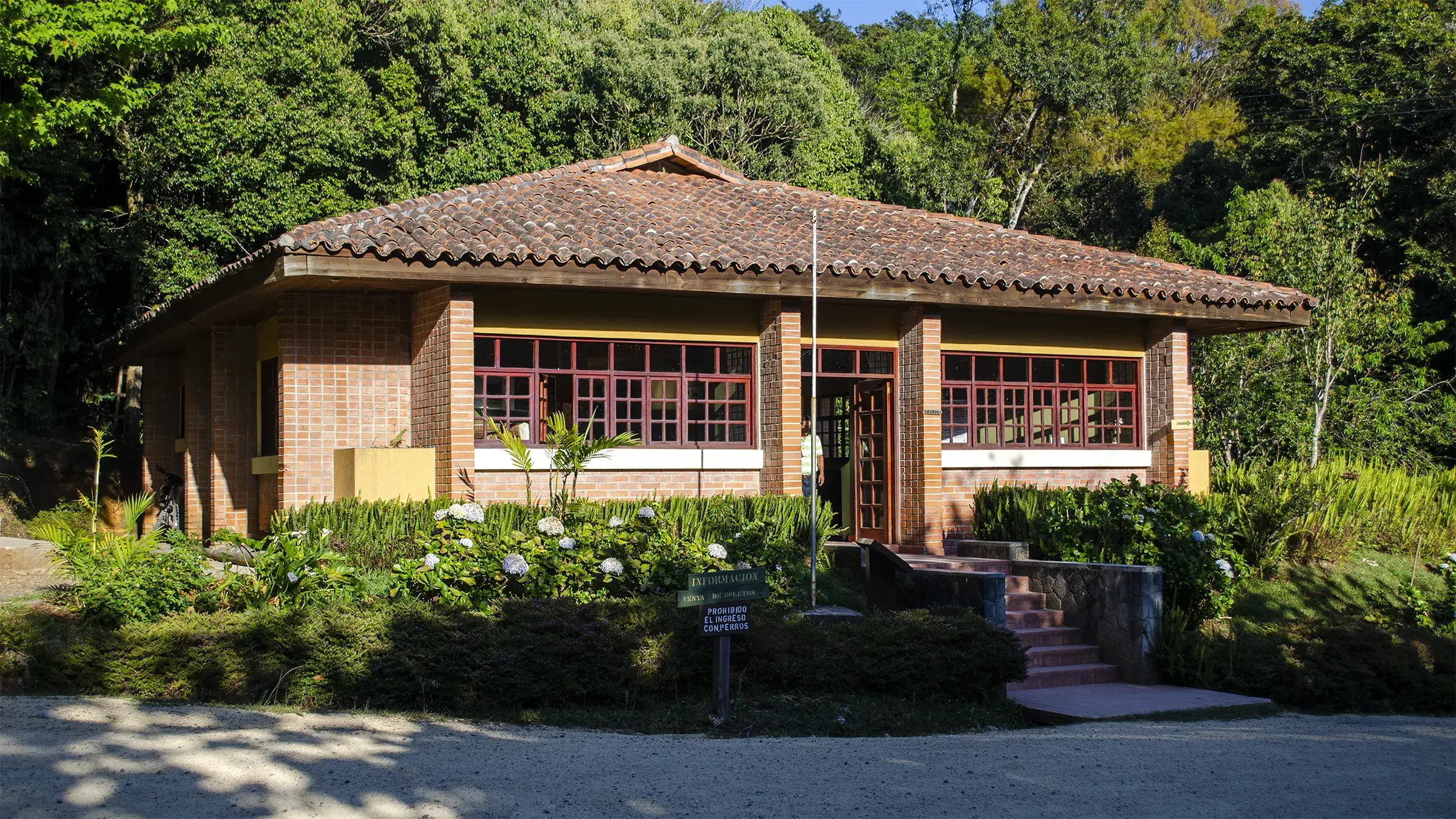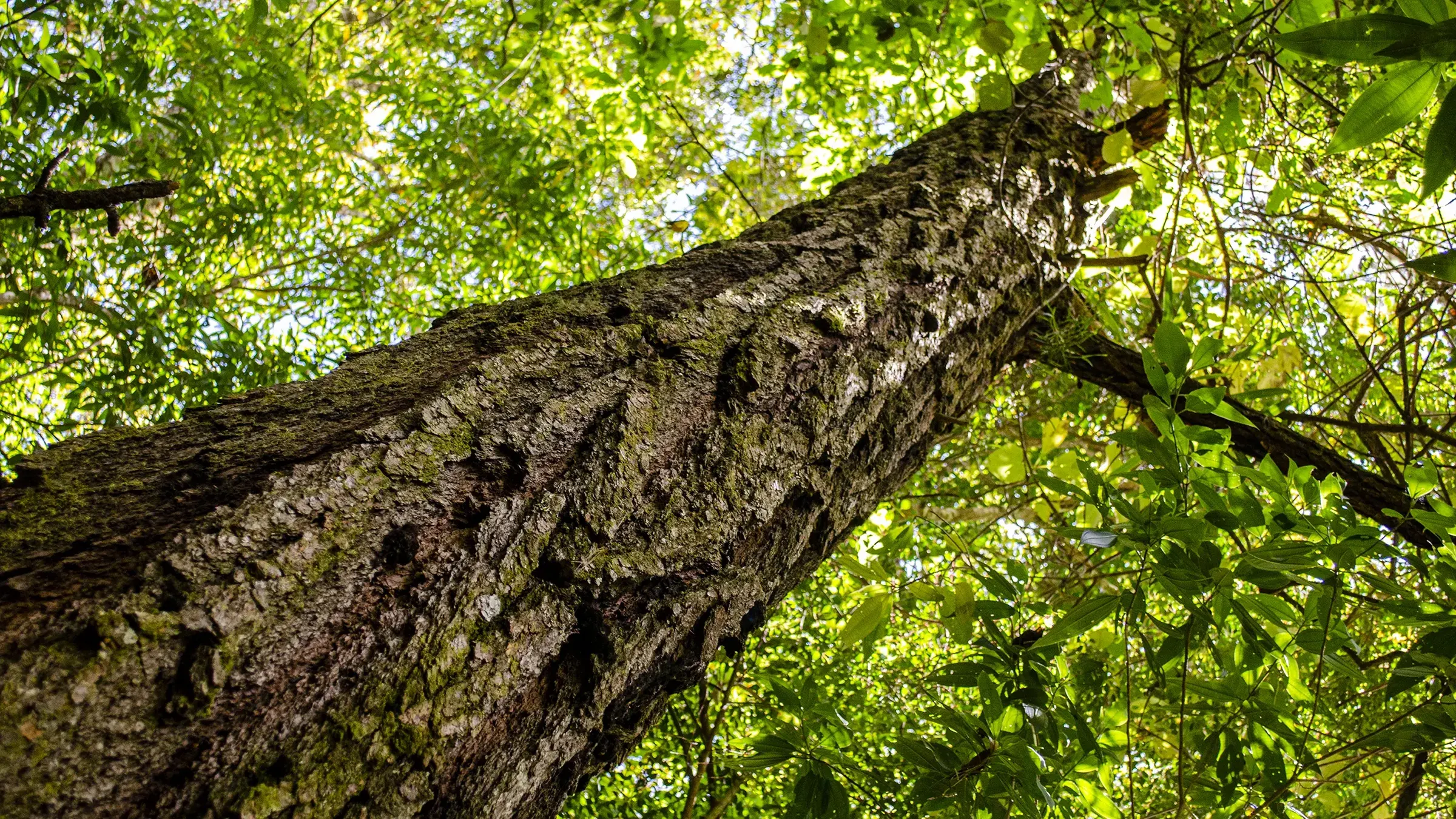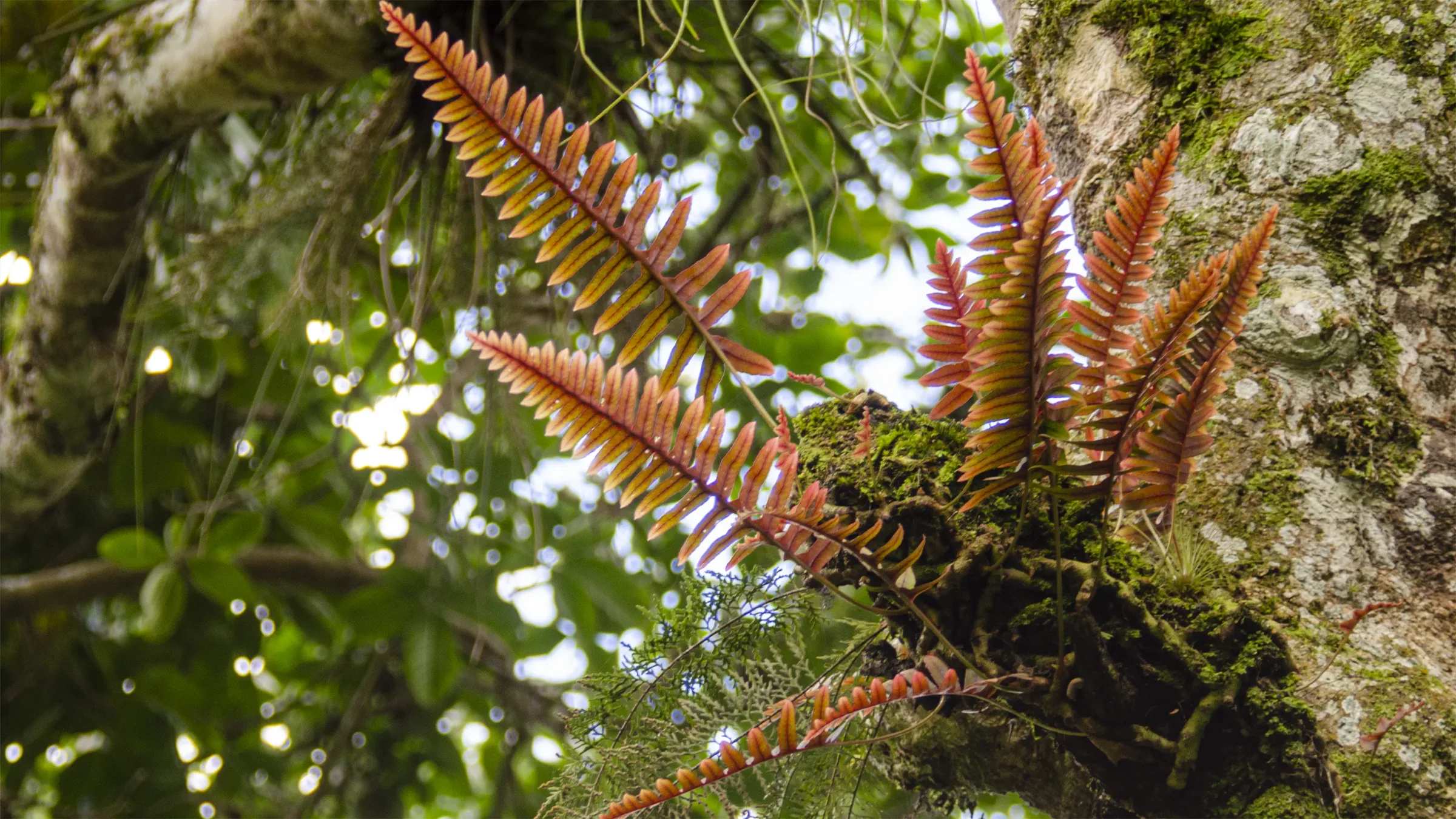La Tigra National Park

Located just 12 km from Tegucigalpa, and with an area of more than 238 square kilometers, this national park has vegetation typical of a cloud forest, which is considered the type of tropical vegetation richest in flora and fauna.
Unfortunately, this type of habitat has been depredated throughout Central America, however, in Honduras we still have worthy specimens of this type of forest, and La Tigra is undoubtedly a specimen worth mentioning. Bromeliads, orchids, tree ferns and more than 200 species of birds are just part of the biodiversity available in the park.

How to get to La Tigra?
There are two access routes to La Tigra, the first is via the Hatillo, and the second following the route of the Royal Mines of Tegucigalpa via Santa Lucia, Valle de Ángeles and San Juancito. The Hatillo Route is the most used, and offers, among other things, views of Tegucigalpa from the top of the road to El Hatillo.
In the Hatillo area, you will find a small and very cozy mountain hotel, La Estancia, which allows you to spend the night with all the comforts in an area surrounded by fresh pine forests, a step away from the visitor center.
Access routes
There is a visitor center in Hatillo as well as several trails, one of which leads to the visitor center located by the entrance of San Juancito.
It is recommended to follow the route of the Royal Mines and visit the colonial communities of Santa Lucia and Valle de Ángeles in passing, before continuing to San Juancito and the access to the park. From Tegucigalpa and to Valle de Ángeles, the road is completely paved, the road that continues to San Juancito is a dirt road in excellent condition.
This small community also had a great mining boom, but unlike Santa Lucia and Valle de Ángeles, which had it during the colony, the boom of San Juancito was much later, at the end of the last century and during the first half of this century. . Headquarters of the Rosario Mining Co operations, the richest silver mine ever exploited in Central America.

San Juancito
As such, this community had its golden age during the silver rush that occurred between 1880 and 1950. The first hydroelectric station in Central America was put into operation here, and you can still visit the facilities that, although they no longer work, are all complete. Likewise, the first carbonated soft drink bottler in Central America operated here, since Pepsi Cola established a plant in this town.
It can even be said that San Juancito and its mines played a preponderant role in the decision made by President Marco Aurelio Soto to move the capital of the republic from Comayagua to Tegucigalpa, since he was one of the shareholders of Rosario Mining Co. , and obviously, he preferred to be closer to such an important company. The San Juancito mines were exploited until the middle of the century, and since then, San Juancito lost the glamor it had to become to some extent a ghost town. This does not mean that it is uninhabited, but its population and job offer decreased notably.
Today, the old mining facilities are a silent witness to bygone times. Access to La Tigra Park is via San Juancito, from the town begins a steep path of about 5 km in length that requires a 4 X 4 vehicle in case it is wet. There is a bus service to San Juancito, but from this point on, there is no type of regular transport, so if you do not have your own vehicle, you will have to walk to the visitor center, which is located in one of the old mining company buildings. For this reason, this part of La Tigra National Park is more attractive than that of Hatillo, since here the ecological environment is combined with the legacy of the old mining company.
A good information point in San Juancito regarding the park is the Celsa dining room, located at the beginning of the slope that leads to the visitor center. Here, you can ask about the availability of guides, and the possibility of being shown the old hydroelectric plant.

Visitors Center
Several trails start from the visitor center, among which there is one that communicates with the access through the Hatillo, allowing in fact to cross the park. It is recommended to follow this trail early, as the journey between the two visitor centers lasts several hours.
In the visitor center of San Juancito there is a building enabled for the accommodation of visitors who wish, it is located in what was the old hospital of the mining company. To use these facilities it is necessary to make reservations in Tegucigalpa with the AMITIGRA Foundation.
There is a symbolic fee for maintenance of the facilities in the event that you wish to stay overnight in the center. A new option for lodging in the area is to rent a small two-bedroom cabin located in the Mirador El Rosario, from where you can enjoy beautiful panoramic views.


